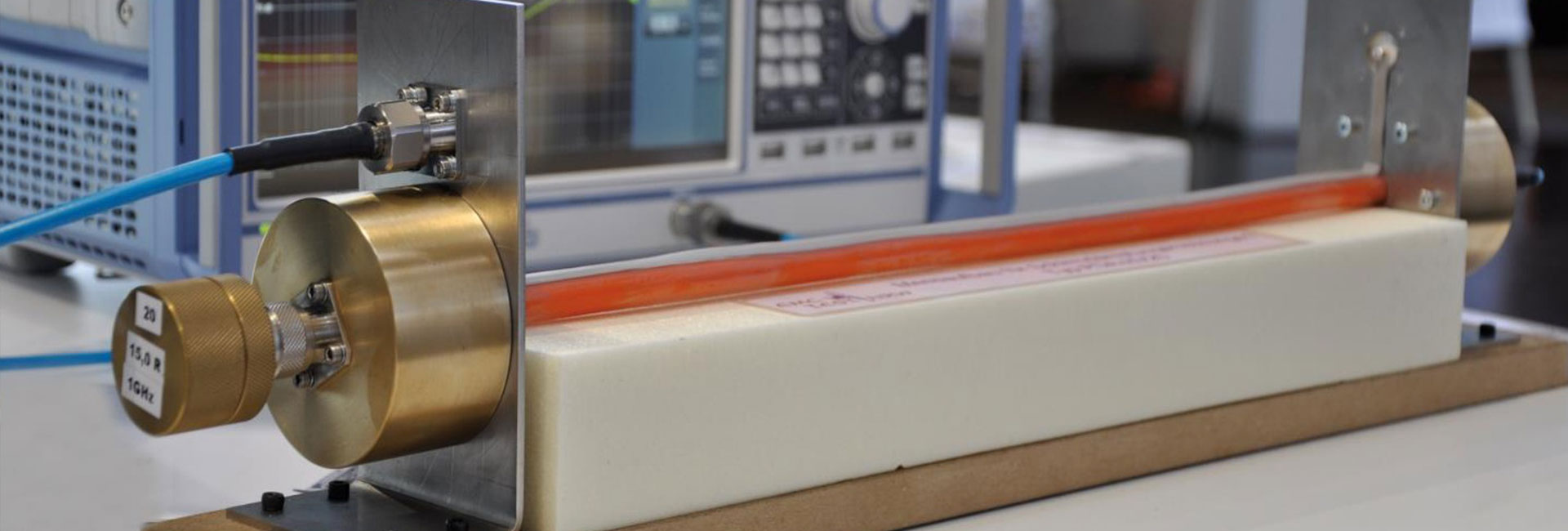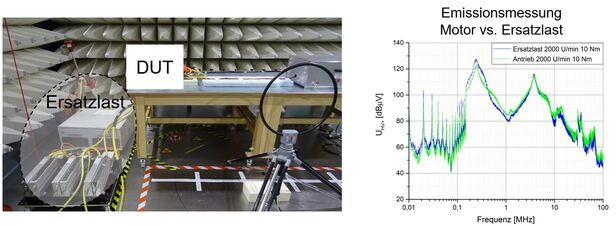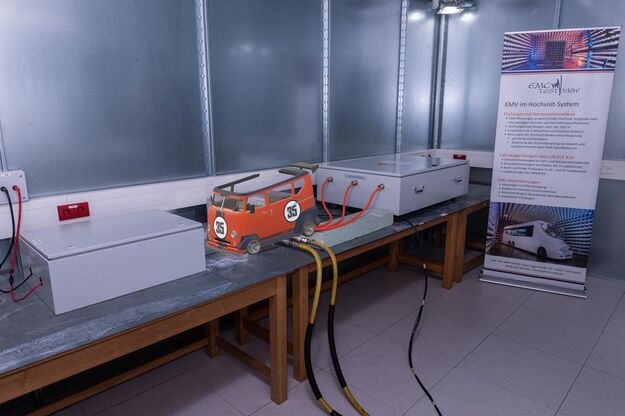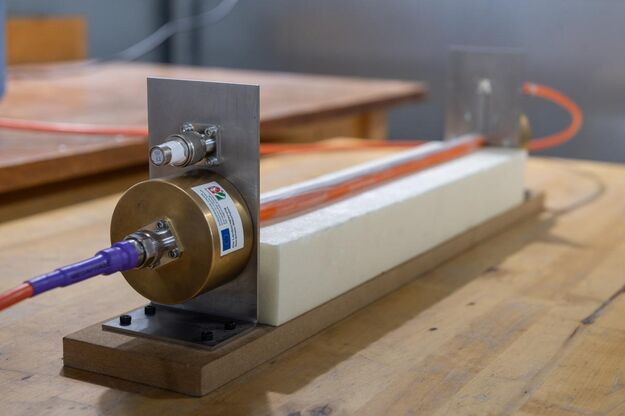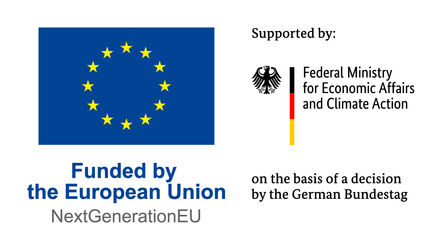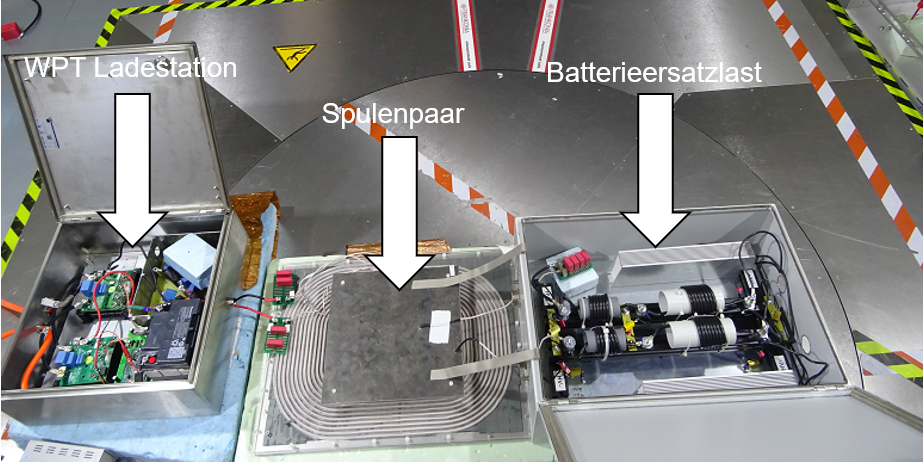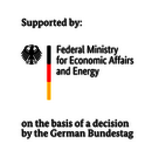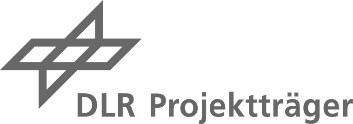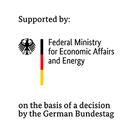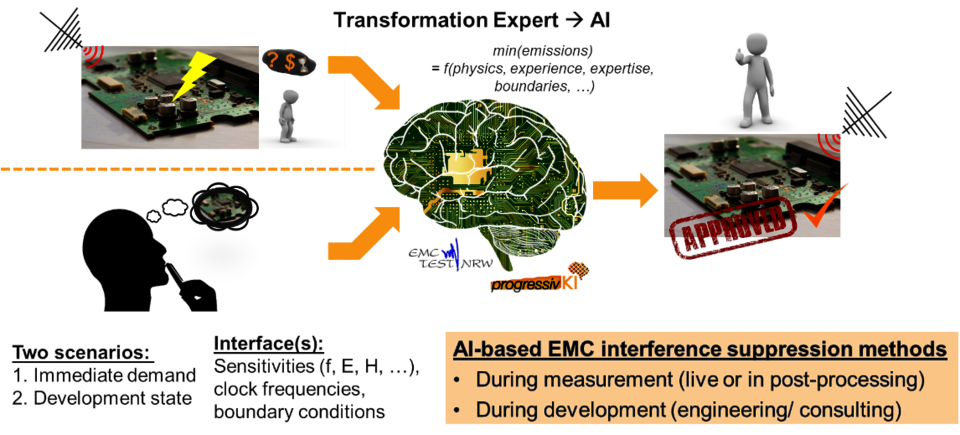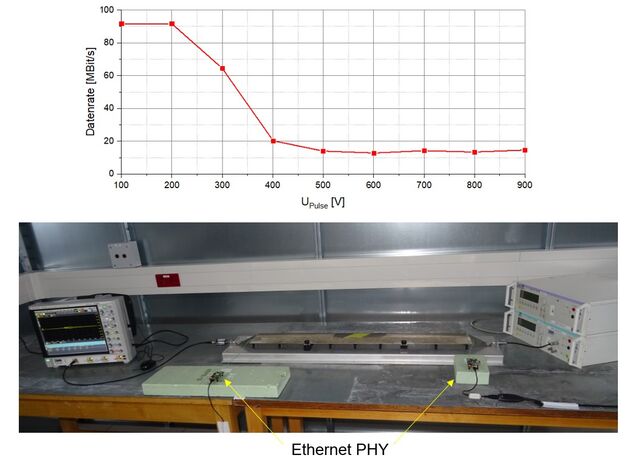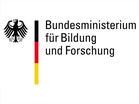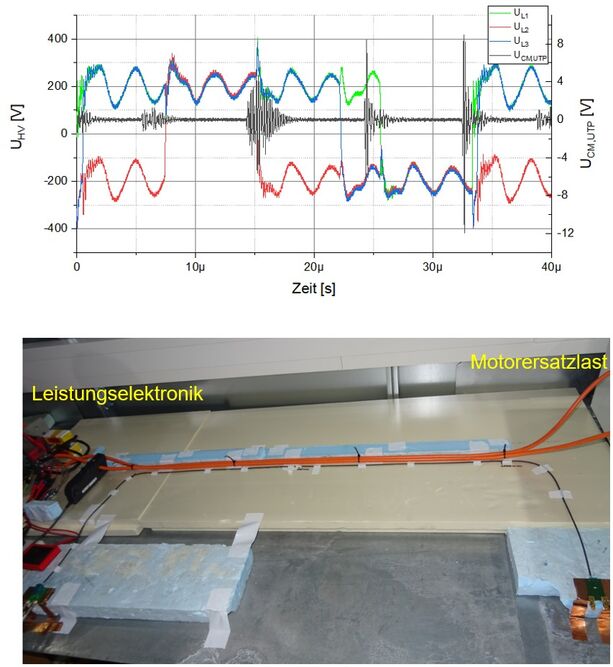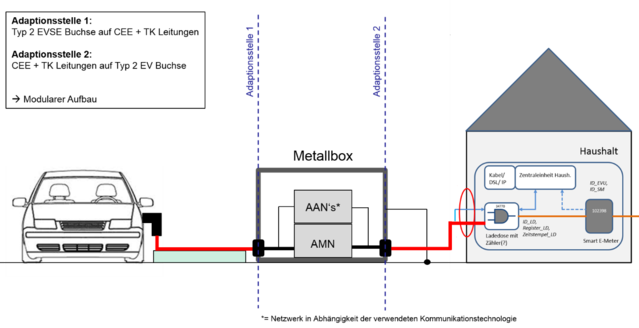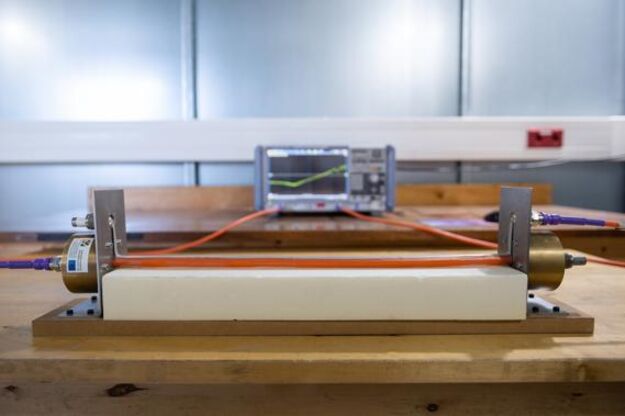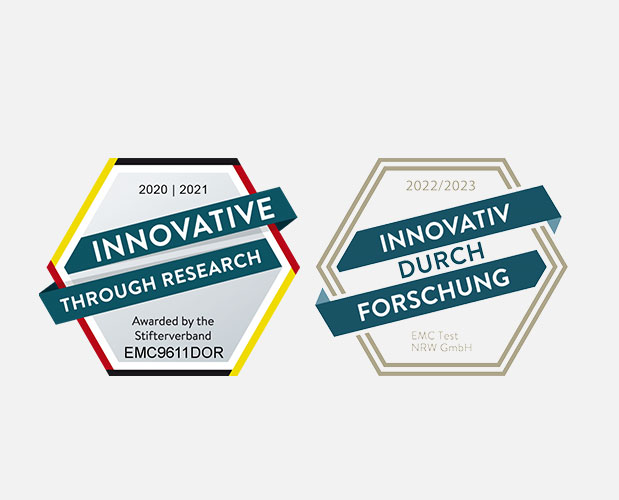Research & Development at EMC Test NRW
When we at EMC Test NRW test your products and components today, these are the products of tomorrow. In this way, we are usually a small step ahead of the current state of the art. In step with our customers, we keep our finger on the pulse of time with its rapid pace of development. Solving future issues for our customers is one of the fundamentals of our work. Constantly changing requirements and new technologies set the pace for the test procedures in our EMC laboratory.
In close coordination and cooperation with research institutes, universities and our network partners, our "Research & Development" team is constantly developing methods and topics in EMC. In individual customer orders in cooperation with the research departments of the manufacturers or in the context of research projects in consortia with large research institutes.
In this way, we will continue to guarantee our customers technological leadership in EMC testing and certification for tomorrow's safe and innovative products.

